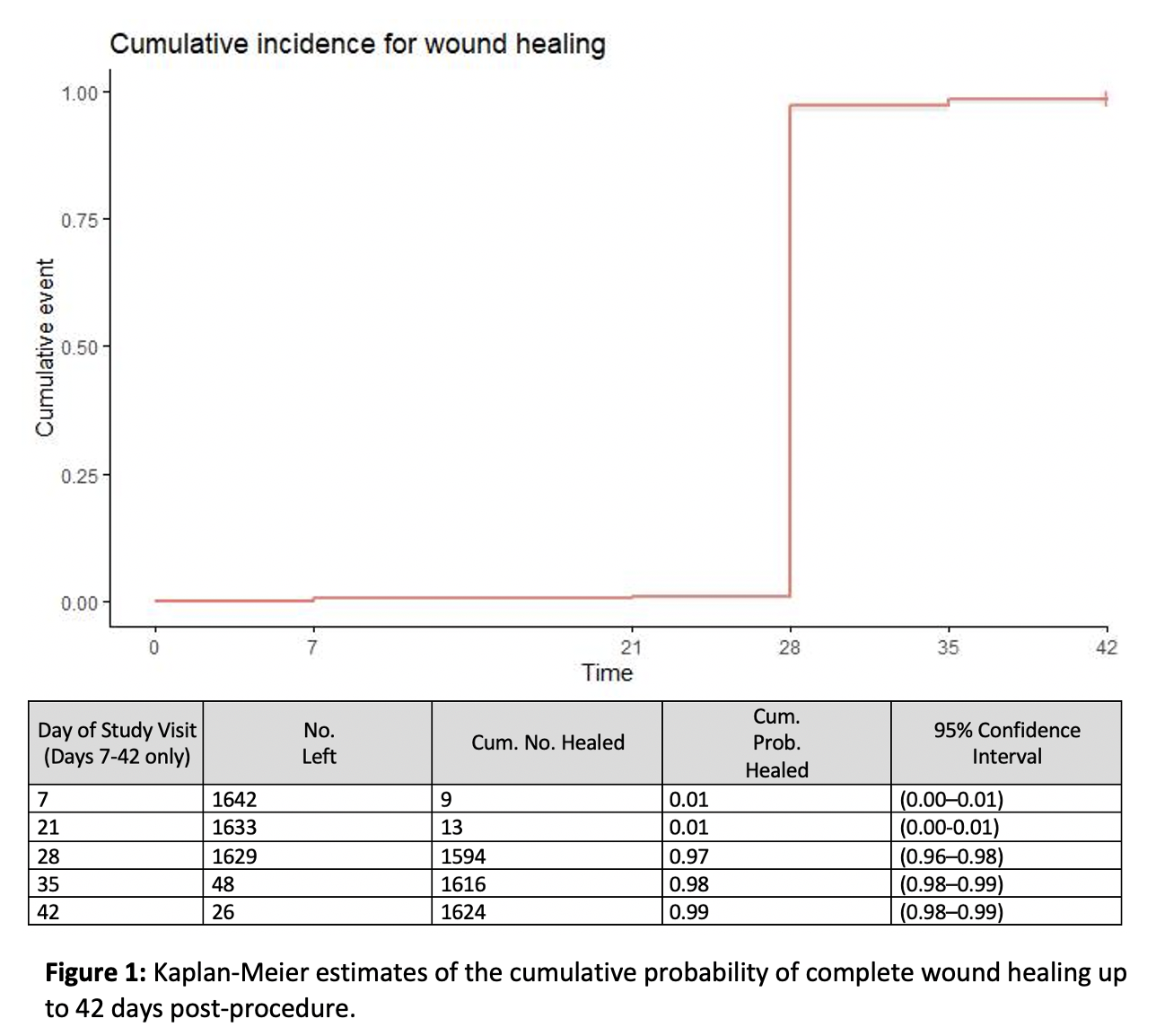Back
Poster, Podium & Video Sessions
Moderated Poster
MP30: Global Health/Humanitarian
MP30-20: ShangRing use by non-physician providers in male infants: safety and efficacy from a large field study
Saturday, May 14, 2022
1:00 PM – 2:15 PM
Location: Room 222
Aaron Brant, Christina Sze, Jeffrey Johnson*, Spyridon Basourakos, Quincy Nang, Kaylee Ho, New York, NY, Stephen Kiboneka, Joseph Kagayi, Kalisizo, Uganda, Alice Christensen, Dar Es Alaam, Tanzania-United Republic, Godfrey Kigozi, Kalisizo, Uganda, Mark Barone, Karla Ballman, Marc Goldstein, Philip Li, Richard Lee, New York, NY
- JJ
Poster Presenter(s)
Introduction: Early infant male circumcision (EIMC) can reduce transmission of human immunodeficiency virus in endemic countries, but its utility may be limited by shortages of qualified technicians. The ShangRing (SR) is a novel device that can facilitate EIMC performed by non-physician providers. We present safety and efficacy results from a prospective field study of SR-assisted EIMC performed by nurses and clinical officers in sub-Saharan Africa.
Methods: Male infants aged 0 – 60 days were brought to 14 sites in Kenya, Tanzania, and Uganda by a parent or legally appointed representative for SR placement from February to December 2020. Infants with congenital genitourinary anomalies, bleeding diathesis, or allergy to local anesthetics were excluded. All SRs were placed by a clinical officer or nurse who had received formal training from a physician. Infants were followed for 42 days or until completion of wound healing. At each follow-up visit, infants were assessed for degree of wound healing, detachment of SR, and adverse events.
Results: Of 1,743 male infants screened for circumcision, 1,691 (97.0%) met eligibility and underwent SR placement. Median age was 29 days (IQR: 13 – 34), and median procedure time was 10 minutes (IQR: 6 – 13). Nurses performed 59.1% of procedures and clinical officers performed 40.8%. AEs were reported in 17 infants (1.0%). There was only one serious AE, which consisted of excessive bleeding that required suture ligation and blood transfusion. By day 7, the SR had spontaneously detached in 1,356 infants (82.0%). By day 28, 1,690 infants (>99.9%) had detachment of device, and 1,594 infants (96.6%) had complete wound healing.
Conclusions: In a large prospective cohort of newborn male infants who underwent SR placement by a clinical officer or nurse, the vast majority of infants experienced complete wound healing by 4 weeks post-procedurally, and only one infant experienced a serious AE. SR is a safe and effective method of EIMC that can be performed by a non-physician provider.
Source of Funding: None

Methods: Male infants aged 0 – 60 days were brought to 14 sites in Kenya, Tanzania, and Uganda by a parent or legally appointed representative for SR placement from February to December 2020. Infants with congenital genitourinary anomalies, bleeding diathesis, or allergy to local anesthetics were excluded. All SRs were placed by a clinical officer or nurse who had received formal training from a physician. Infants were followed for 42 days or until completion of wound healing. At each follow-up visit, infants were assessed for degree of wound healing, detachment of SR, and adverse events.
Results: Of 1,743 male infants screened for circumcision, 1,691 (97.0%) met eligibility and underwent SR placement. Median age was 29 days (IQR: 13 – 34), and median procedure time was 10 minutes (IQR: 6 – 13). Nurses performed 59.1% of procedures and clinical officers performed 40.8%. AEs were reported in 17 infants (1.0%). There was only one serious AE, which consisted of excessive bleeding that required suture ligation and blood transfusion. By day 7, the SR had spontaneously detached in 1,356 infants (82.0%). By day 28, 1,690 infants (>99.9%) had detachment of device, and 1,594 infants (96.6%) had complete wound healing.
Conclusions: In a large prospective cohort of newborn male infants who underwent SR placement by a clinical officer or nurse, the vast majority of infants experienced complete wound healing by 4 weeks post-procedurally, and only one infant experienced a serious AE. SR is a safe and effective method of EIMC that can be performed by a non-physician provider.
Source of Funding: None


.jpg)
.jpg)